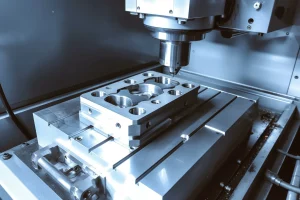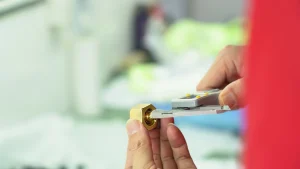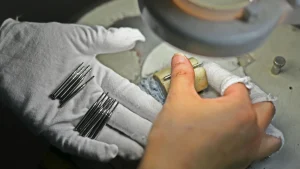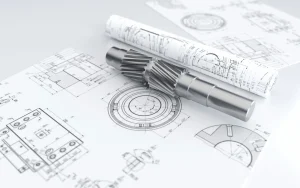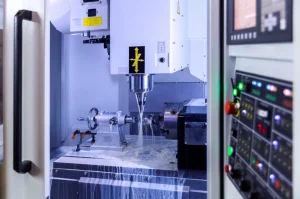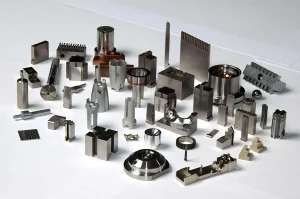In the manufacturing industry, CNC machining of non-standard mechanical parts is a complex and delicate process. Improving the efficiency of this process means reducing costs and increasing market competitiveness for companies. The following are some innovative strategies designed to optimize CNC machining processes and improve efficiency and quality.
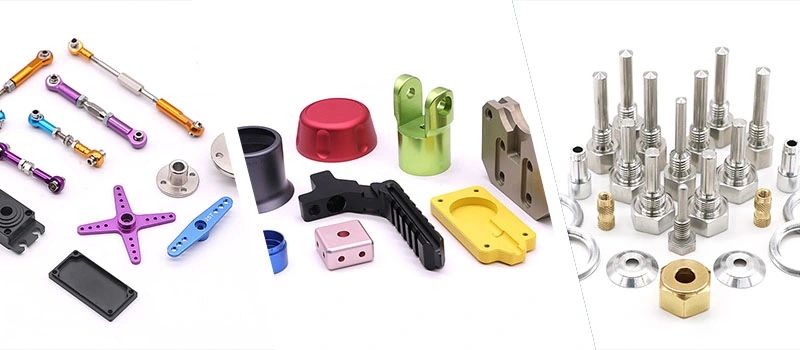
1. Process Innovation
Analyze existing processes carefully to identify bottlenecks and implement innovative improvements. For example, by introducing modular design concepts, complex parts can be broken down into modules that can be quickly processed using standardized procedures, thereby streamlining the machining process.
2. Automated CNC Programming
Develop or implement advanced CNC programming software to automate programming and reduce errors and time delays caused by human error. Leverage artificial intelligence algorithms to optimize tool paths for more efficient and precise machining.
3. Standardized Machine Tool Pre-adjustment
Develop a standardized process for pre-adjusting machine tools and fixtures to ensure that the machine tools are quickly optimized before each machining operation. This requires regular maintenance and calibration of the equipment to maintain its performance.
4. High-Precision Bearing Application
Use high-precision bearings in critical rotating parts to reduce machining errors and time losses caused by bearing wear. Additionally, regularly maintain and replace bearings to maintain optimal performance.
5. Clamping Tool Innovation
Design and implement new clamping tools, such as quick-change systems and adaptive fixtures, to reduce workpiece setup and changeover time. These tools should be adaptable to a variety of workpiece shapes and sizes, enhancing versatility.
6. Plastic Material Processing Strategies
For easily deformed plastic materials, adopt specialized clamping strategies, such as clamping first and then positioning, to minimize deformation during machining and ensure machining accuracy.
7. Intelligent Tool Management
Intelligent tool management systems monitor tool status in real time, predict tool life, and automatically replace tools at the optimal time, avoiding quality degradation and unplanned downtime caused by tool wear.
8. Ultra-Precision Machining Technology
Invest in ultra-precision machining equipment, such as high-precision CNC machine tools, to leverage their superior dynamic characteristics and low vibration to achieve high-speed, high-precision machining.
9. Safety Risk Control
While improving efficiency, operational safety must not be neglected. Intelligent monitoring systems monitor machine tool status in real time to prevent accidents.
10. Process System Optimization
By optimizing the process system, such as reducing transmission errors in the drive train, increasing system rigidity, and minimizing stress-induced deformation, overall machining efficiency can be improved.
11. Refining Cutting Parameters
Refine cutting parameters, such as feed rate, spindle speed, and depth of cut, to suit the machining requirements of different materials and workpieces.
12. Deeply Utilize CAM Software
Leverage the advanced features of computer-aided manufacturing (CAM) software, such as simulation, toolpath optimization, and error detection, to improve programming efficiency and machining accuracy.
Improving CNC machining efficiency for custom parts requires comprehensive consideration of multiple aspects, including process flow, CNC programming, tool management, clamping tools, and machine tool maintenance. By innovating and applying these strategies, CNC machining efficiency and quality can be significantly improved, enhancing market competitiveness for enterprises.

